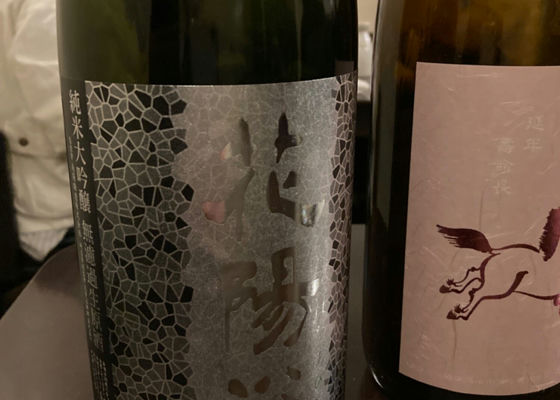
SakenowaRecord your sake experiences and discover your favorites
Registered Date
Check-ins
169Favorite Brands
2Most Check-in Brands
Timeline

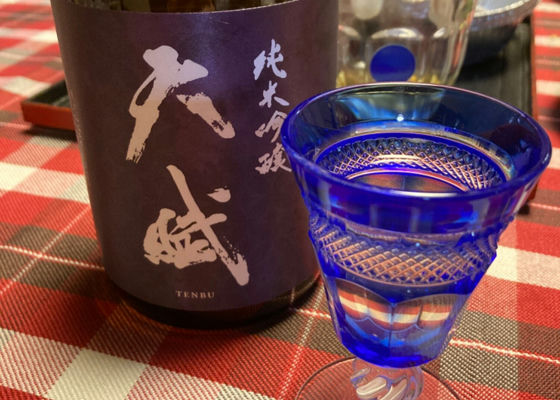
smurai
High acidity. There is a sense of shwashiness. The first aroma is a strong ginjo aroma, which lingers for a little while and then quickly fades away.
Japanese>English
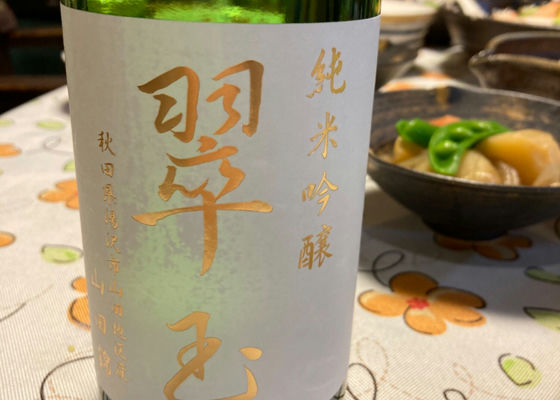
smurai
It was a gentle but beautiful ginjo sake.
Japanese>English

smurai
Polishing ratio 90%. It is quite yellowish. The taste is unique. It has a strong acidity, but it is not a shwashy type.
Japanese>English
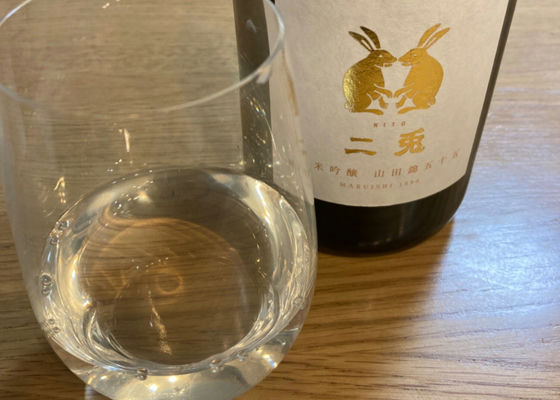
smurai
Yamada Nishiki 55% polished rice. The impression is similar to that of Sohomare.
Japanese>English
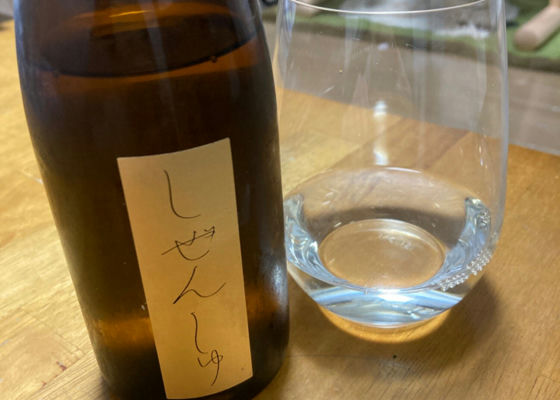
smurai
It was made with kurage yeast. The rice was polished low and had strength.
Japanese>English
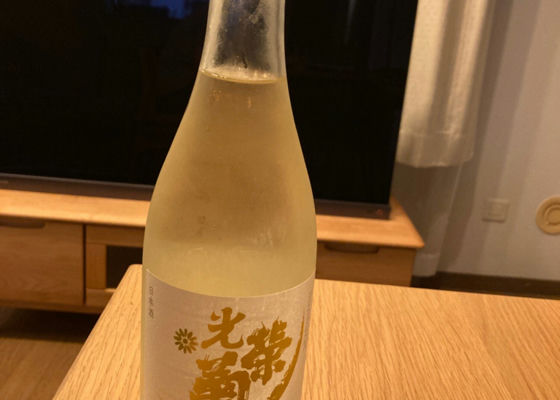
smurai
The alcohol content is 12 degrees, a type that can be gulped down.
The sweetness and sourness are quite strong.
Japanese>English

smurai
Tenbi is a hot topic these days. It has sourness and juiciness, and I think I can understand why it is so popular.
Japanese>English

smurai
Snow fantasy in Summer
The first time I turned the cap, it overflowed. It is good for summer because it is foaming. The alcohol content is 9%, so you can drink it easily.
Japanese>English
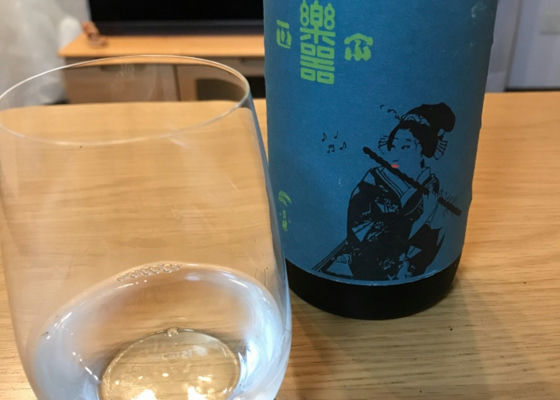
smurai
Still the same high cost performance
Japanese>English
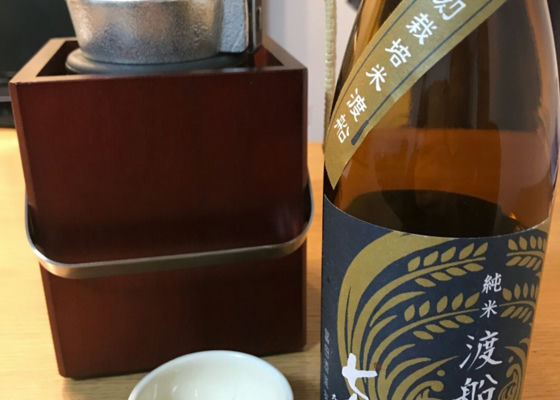
smurai
100% Watarifune from Shiga Prefecture. Rice polishing ratio 77%. It is one of the crossbreds of Yamada Nishiki. Warmed up.
Japanese>English
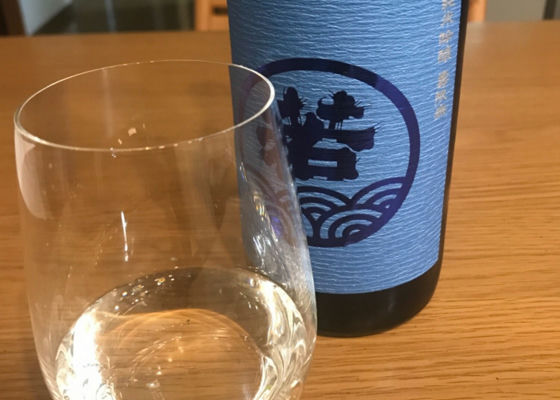
smurai
It is made from the rice called "Kotobukirinushi". It is a cross between Yamada Nishiki and Yume Ikken, and it certainly has a Yamada Nishiki-like flavor. It is a rich tropical fruit type.
Japanese>English
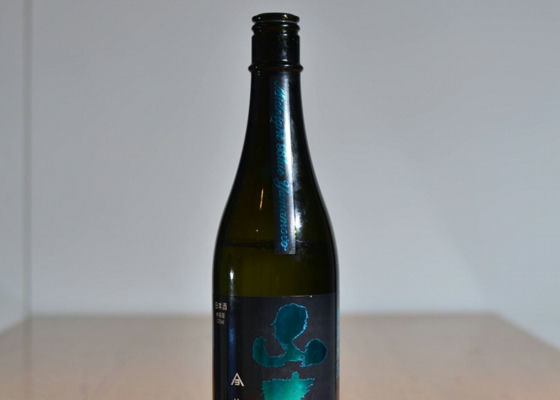
smurai
Midnight Blue Yamamoto, I haven't opened this in a few days and the cork popped. I think it has some acidity, but it's not enough to irritate my tongue. This acidity gives it a tropical fruitiness in the mouth. The aftertaste lingers for a long time.
Japanese>English
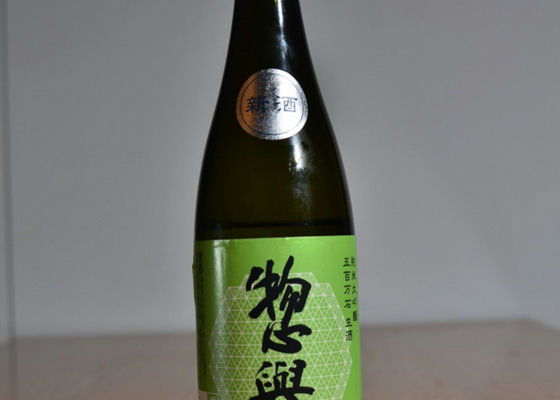
smurai
It is a new sake of Gohyakumangoku. It was my first time to try Souhomare, and it is delicious. It has a slight semedyne taste. I'm not a big fan of the semedyne type, but this one goes down easy. I think it is because of the strong taste of the rice.
Japanese>English
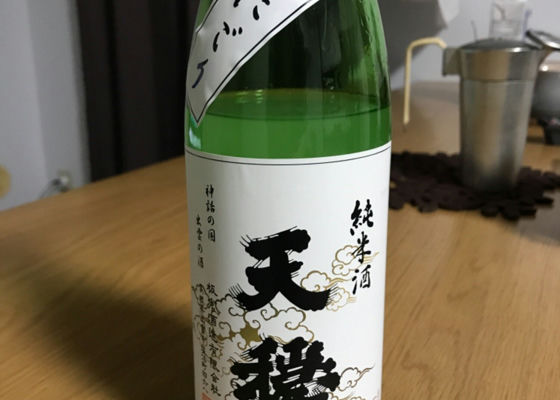
smurai
100% Gohyakumangoku from Okuizumo, recommended at my favorite liquor store as a sake for intermediate to advanced drinkers. The liquor store I go to recommends it as an "intermediate to advanced" sake. They recommend serving it at room temperature or lukewarmly heated, so I did just that. The aroma is a bit like ham. As I sip it, the spice-like aroma returns. There is a lactic acid-like sourness from the mid-palate, and the aftertaste lingers for a long time. It's not easy to understand, so it's definitely for intermediate drinkers and above...
Japanese>English

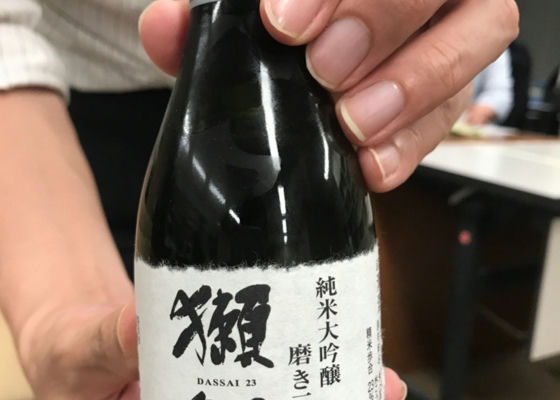
smurai
20-30% polished
Japanese>English